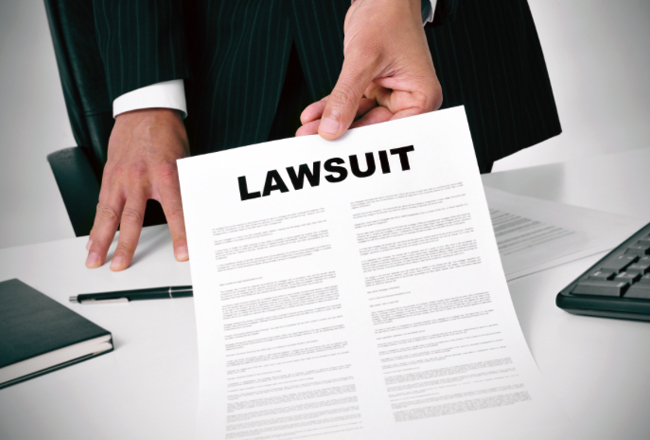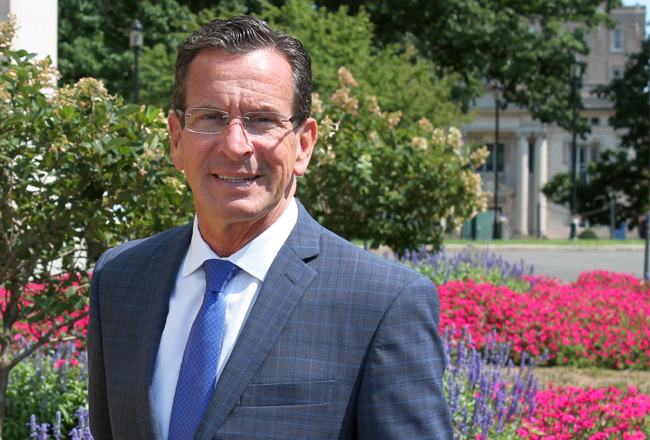
Con Edison Inc. released a 94-page report May 14 detailing its response efforts to two major March nor”™easters that caused some of the most significant outages in the company”™s history. Despite customer criticism and an ongoing state review of its performance, the company defended its power restoration efforts while acknowledging breakdowns in customer communications.
New York law requires utilities to file a report reviewing storm preparation and restoration performance any time an emergency causes an outage of three days or more. For Winter Storms Riley and Quinn, which hit Westchester County in back to back weeks to start March, thousands of customers experienced power outages that lasted close to a week.
Con Edison”™s report, filed with the state Public Service Commission on May 11, said the storms caused the second-most damage in the company”™s history.
The storms brought a torrent of criticism to the utility from customers and elected officials.
Westchester County Executive George Latimer called for the top executives at Con Edison and NYSEG to step down. Gov. Andrew M. Cuomo asked the state Public Service Commission to conduct a full review of the storm response by Con Edison and other regional utilities.
“Con Edison faced many challenges during Winter Storms Riley and Quinn,” company officials wrote in a summary of the report. “While the company was able to work through these operational and restoration challenges, Con Edison recognizes, and has acknowledged, that the accuracy of the outage and restoration information provided to many customers did not meet our, nor our customers”™ expectations. While Con Edison restored many customers consistent with our initial estimate, other customers received incorrect information.”
The two storms disrupted electric service to nearly 210,000 customers, the company said in the report. That marks Con Edison”™s second largest outage ever, behind only the 1.1 million customer outages caused by Hurricane Sandy in 2012. About three-quarters of the outages from Riley and Quinn for Con Edison happened in Westchester County.
The company racked up a bill of about $106 million to repair or replace equipment and restore electric customer service interruptions, Con Edison said in the report.
Winter Storm Riley hit much harder than initial forecasts anticipated, Con Edison said, and Winter Storm Quinn”™s arrival five days later exacerbated the situation. The company said virtually all the damage to its distribution system came from downed trees.
Con Edison officials wrote in the report that the company”™s “response went beyond restoring customers, in many areas we had to rebuild the electric distribution system.”
Con Edison said it completed more than 7,000 separate repair and rebuild jobs to restore power to the region following the storms. The company compared that to Hurricane Irene in 2011, which left about 204,000 people without power but required 2,500 repair jobs.
Communication troubles
Con Edison”™s CEO John McAvoy acknowledged in a March press conference that a malfunction in the company”™s storm notification software led to customers receiving false information on their power restoration status. The new report put a number to the issue: the company estimated that 49,000 customers received incorrect notifications on when or if their power had been restored.
Part of the issue came in the utility”™s use of a predictive model to assume the locations of outages that customers don”™t report to the company. Following Winter Storm Quinn, Con Edison officials determined that its system was over-predicting outages in some areas and provided inaccurate restoration estimations to customers.
A week after Winter Storm Quinn, Con Edison acknowledged its communications failures and offered reimbursements to some customer for spoiled food and medicine. Individual customers who lost power for three consecutive days or more up could receive up to $225, or $515 with receipts. Business owners qualified for food spoilage reimbursements up to $10,200, also with receipts.
As of the date it filed the report, Con Edison said it had settled 5,889 claims for $1.7 million.
Mutual aid
The company also said in the report that the regional nature of the storm made required mutual aid workers difficult to come by.
“Because Winter Storm Riley impacted the entire Northeast, from Virginia to Maine, many companies were also requesting assistance and others were not releasing resources,” the report noted.
That required a response from crews from as far away as Canada, New Mexico, Texas and Arizona. In total, Con Edison said it received about 1,372 utility workers through mutual assistance and contractor firms.
Con Edison wrote in its report that it still restored 90 percent of power within its initial estimate of four days. The company acknowledged, however, that “obtaining mutual assistance support sooner would have enhanced our ability to execute on work packages and restore customers faster.”
The report will be reviewed by the state”™s Public Service Commission. If the commission decides the company did not follow its state-approved emergency response plan, the PSC can levy financial penalties on Con Edison or other utilities affected by the storm.
View the full report here:






















